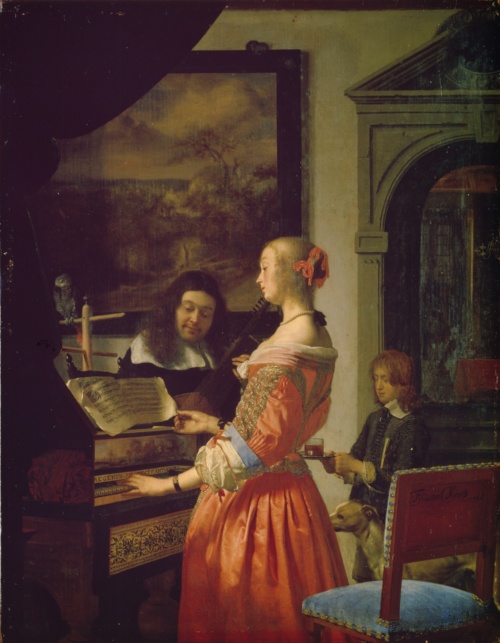The baroque style spread slowly in Mecklenburg. Early examples of rural representative architecture were the stately homes in Ludorf and Rossewitz, which were influenced by Denmark. Other constructions were kept simple with timber frame. People occasionally spoke of a “north German” Baroque.
Art and architecture 1650 up to 1700
On the timeline through this topic
Choose time period:


End of the 17th century
The ducal palaces in Stettin and Wolgast remain residences under Swedish rule as well. In 1648, the King of Sweden rewards Carl Gustav Wrangel with the appointment as governor general of Swedish Pomerania in recognition of his services in the Thirty Years' War. He enlarges his residence between Greifswald and Wolgast in Baroque style, renaming it Wrangel Castle in 1653. Skyper Palace on the island of Rügen is also refurbished in Baroque style based on his plans. Wrangel dies here in 1676.

